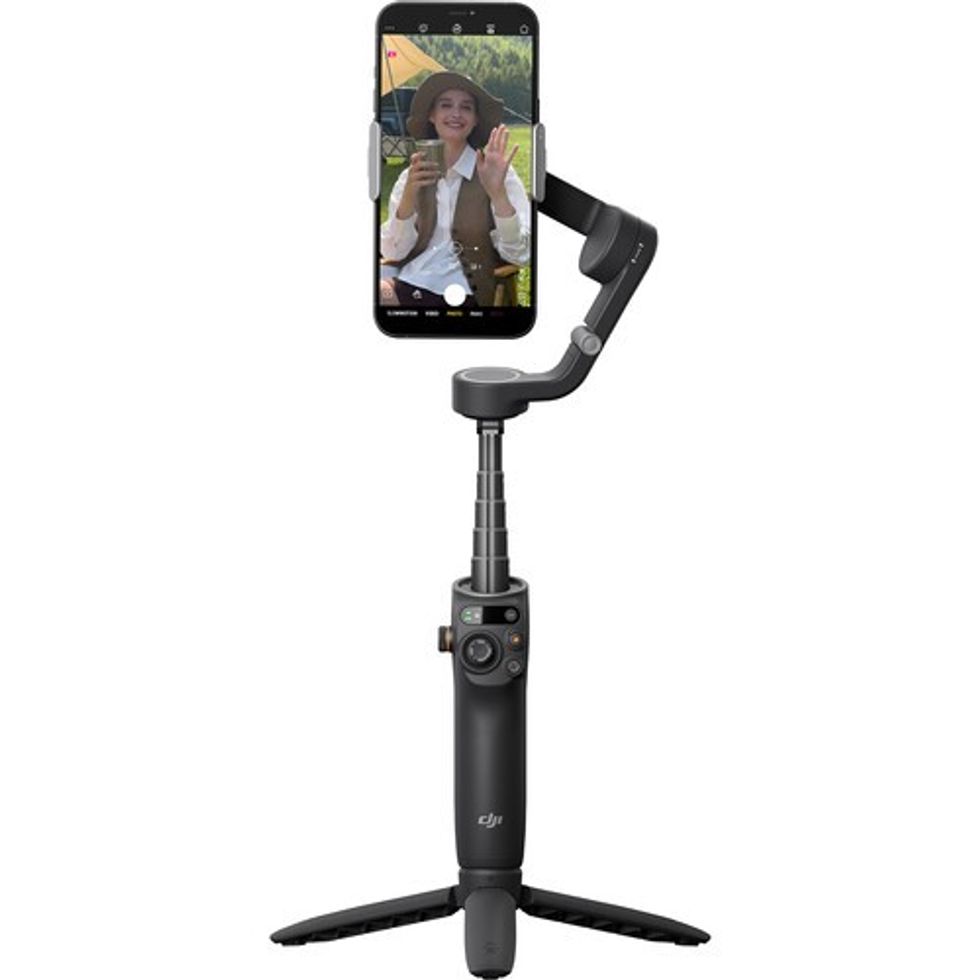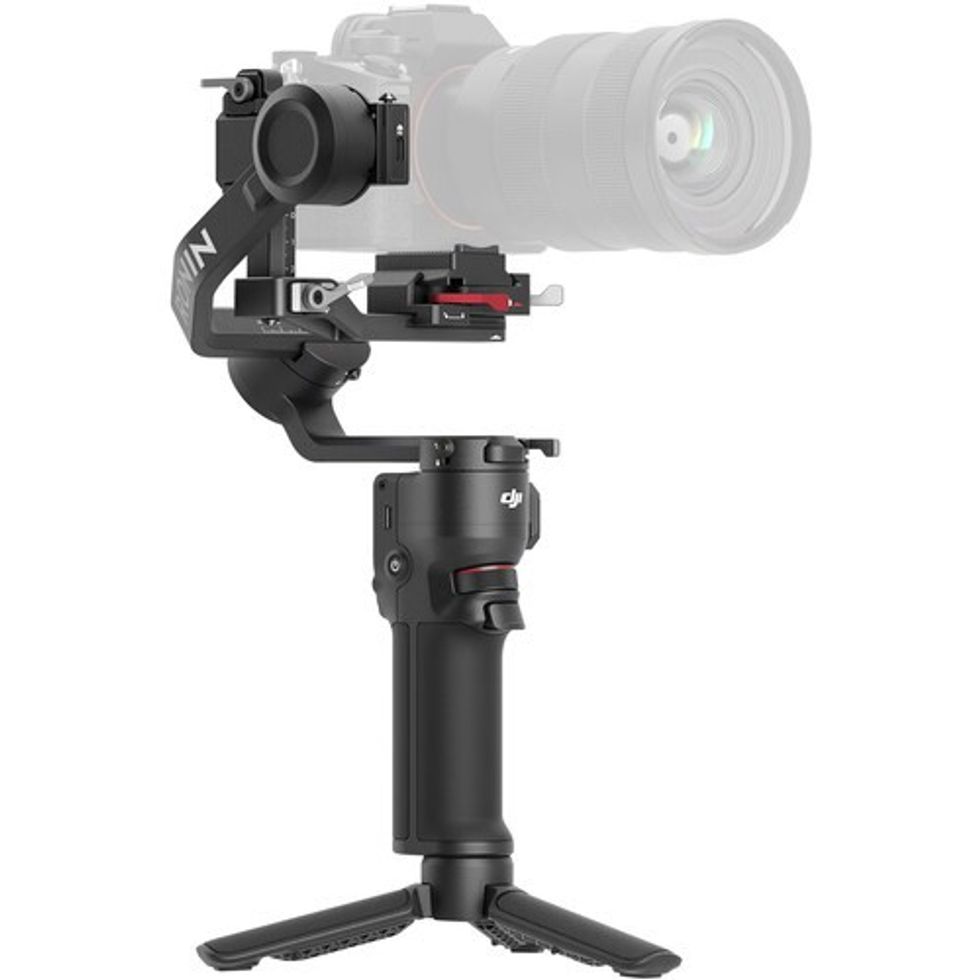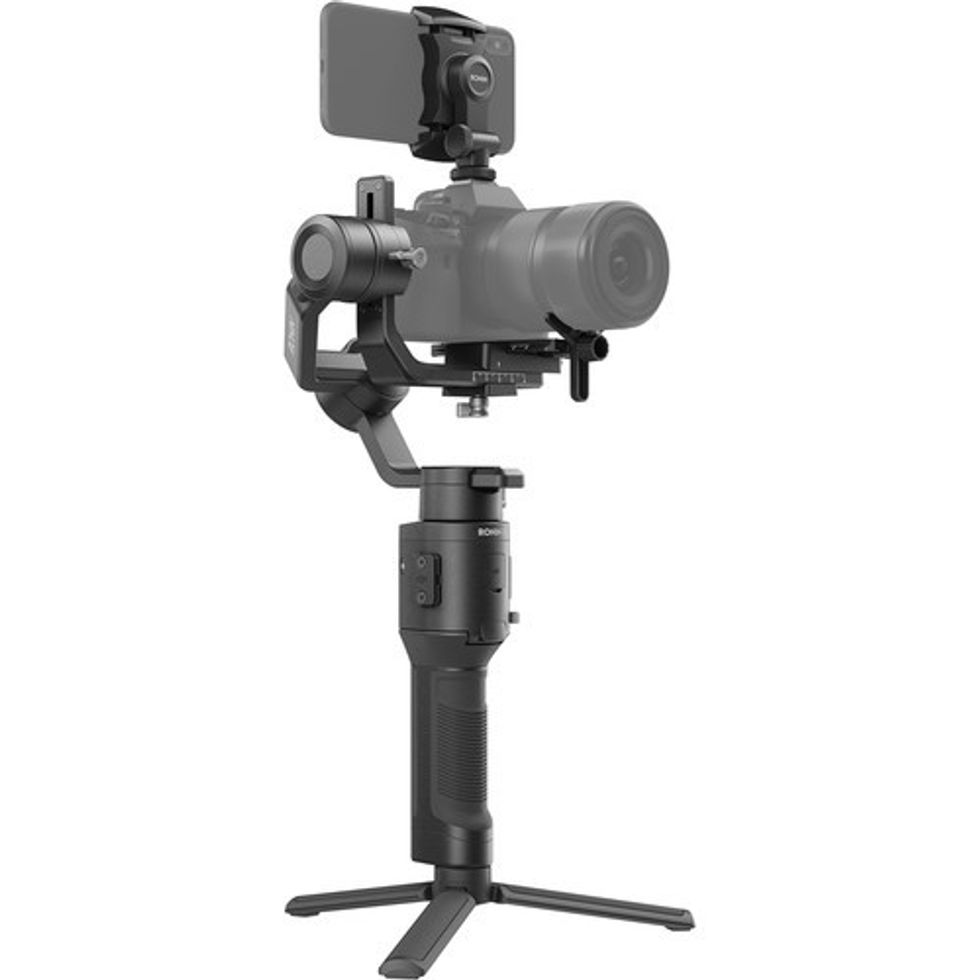If You're Going to Crash Your Drone, Here Are 10 Reasons Why It's Going to Happen
Other than safety, the most important aspect of flying a drone is actually keeping the thing in the air.

Crashing a drone is inevitable. Even the most seasoned drone pilots are occasionally forced to watch their precious darlings fall from the sky—the key word being occasionally, because professionals and experienced pilots don't only know how to fly a drone, but they know how not to fly a drone. In this video, Tony Northrup goes over ten of the most common reasons behind drones crashes and explains what you can do to avoid making the fatal mistakes that may lead to one. Check it out below:
- Don't skip the pre-flight check: Before you take off, make sure you do a pre-flight check. Make sure that your props are properly attached, your prop guard is on, that your landing gear is down, your battery is in place, you have a full battery, the antennae are properly angled toward your drone, and your drone has been configured the way you want it. Also, after taking off from a solid, level surface, hover in the air for a bit so you know everything is in working order.
- Wait for a GPS lock: Make sure you have a strong GPS signal before you take to the skies. That way, it'll know where it is at all times and know how to get back to "Home Point" if need be.
- Don't look at your screen the whole time: I know it's tempting to monitor your footage while you fly, but remember, you're not just using a camera, you're also flying a drone. Ideally, you'd have someone around to assist you with either piloting the drone or monitoring, but if you're shooting solo, keep an eye on your drone. Your screen only gives you a forward-facing view of your surroundings, meaning that you won't be able to see obstacles behind or on the sides of it.
- Keep your drone in sight: This kind of goes along with watching your screen instead of keeping an eye on your drone, but you can also lose sight of your drone on purpose, thinking it's no big deal if it dips below some trees or behind an obstacle. However, if you crash without knowing exactly where you went down, you might have a hard time locating your drone.
- Avoid auto flight modes: Okay, it's not necessarily a bad thing to use auto takeoff and landing, Return-to-Home, ActiveTrack, QuickShots, or other auto flight modes, but it could increase your chances of crashing your drone because you're not the one flying it.
- Enabling Sportmode: Being able to fly your drone at higher speeds can certainly be helpful when trying to capture cool, fast-moving shots, but not only are you more likely to crash your drone at high speeds but Sport modes turn off obstacle avoidance features, which will, duh, not help you avoid obstacles.
- Pushing your battery: Yeah, I get it. Your battery is running out of juice, but you're saying, "Just one more shot! I only need one more!" Be conservative with your battery and fly home before you get to 50%, because, as Northrup says, "drones start landing at 30% by default, and will force you to land at 15%."
- Fly downwind in high winds: Wind can be a real drone destroyer, so if you find yourself in high winds, fly lower and return home. Wind speeds tend to be a lot higher at higher altitudes, especially in open, flat areas (trees and vegetation can do weird stuff with wind, also), so if you don't want to crash, it's best to head back.
- Make sure your devices are on "Airplane Mode": If your phone, tablet, GoPro, or any other device that has Wi-Fi is sending out a signal, it could cause interference on or weaken the signal of your drone. Make sure to turn on Airplane Mode if you can. For those using your phone in tandem with your drone, make sure you're pointing your antennae at your drone in case of a weakened signal. Also, try to avoid other things that can cause interference: metal (cars, buildings, bridges), concrete buildings, large earth formations (mountains, hills, etc.). If you lose your signal, you can no longer control your drone—which means you're gonna crash—and that's bad.
- Don't panic: Something is bound to go wrong when your drone's up in the air, but if you want to avoid making any unnecessary mistakes that will lead to a crash, make sure to stay calm, collect your thoughts, and think of how you're going to address the issue at hand. It's a lot like driving on an icy road: losing traction and sliding doesn't always cause a crash, oversteering while in a panic does.
What are some other reasons drones crash and how do you avoid them? Let us know down in the comments.
Source: Tony and Chelsea Northrup















